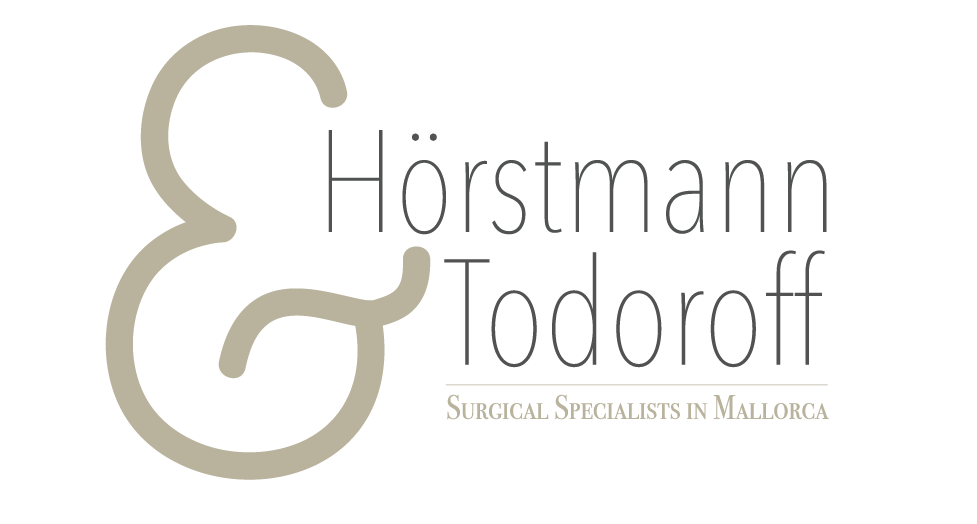-
Wound healing disorders
-
A wound is the cutting of connected tissue on the outer or inner surface of the body. If a wound does not heal or only heals poorly, one speaks of a wound healing disorder.
Poor wound healing is triggered by a variety of factors. It is often due to a chronic illness that a wound does not close. A distinction is made between local (i.e. in the area of the wound) and systemic causes for a wound healing disorder.
The most important local risk factor for a wound healing disorder is unfavorable wound conditions. Especially large, bruised, dry or dirty wounds that may also be infected usually heal poorly.
The wound must be reached with sufficient oxygen. The bandage should protect against dehydration, allow a sufficient supply of oxygen and not stick to a newly created layer of skin.
Once the wound has been sewn, it is important to find the right time to pull the thread. Suturing too early or too late can cause problems (tearing open the sore due to suturing too early, or wound infection if the suture is too late).
The most common systemic causes of a wound healing disorder are diabetes mellitus and vascular diseases – especially chronic venous insufficiency (chronic venous insufficiency) and peripheral arterial disease (e.g. ulcus cruris or “open leg”)
Other diseases that can lead to a wound healing disorder are skin diseases, tumors (and their treatment by radiation and chemotherapeutic agents), high levels of bilirubin and urea, anemia and dehydration (dehydration). Furthermore, disorders of the immune system and serious infections (such as tuberculosis, syphilis, HIV and other viral infections) also promote a wound healing disorder.
Smoking is an important risk factor for poorly healing wounds. One study showed that 50 percent of smokers compared to 21 percent of non-smokers suffer from wound healing disorders after surgery.
Whether a wound heals well after an operation depends not only on the skill of the surgeon, but also on the postoperative wound care and care. A wound does not heal optimally after an operation if the patient’s position is neglected. If the patient is constantly lying on the wound, the sustained pressure load leads to a wound healing disorder. (Ulcer pressure ulcers).
If foreign bodies such as prostheses are inserted during an operation, a defense reaction of the body can additionally hinder the healing process. In general, especially long operations and high blood loss during the operation favor a wound healing disorder.
You should also be careful with medication, because some can delay the healing process directly or indirectly. These include, for example, corticoids, cancer drugs, psychotropic drugs and anticoagulants.
Specialists in wound healing disorders are skin doctors (dermatologists) for superficial wounds and surgeons for wounds that cut through the skin. If the wound hits after surgery, you should first contact the surgeon. Upon closer inspection of the wound healing disorder, it must be estimated how deep the wound extends and which structures are affected.
Dabei ist die Beurteilung des Wundzustands wichtig. Der Arzt wird dann unter anderem auf Eiter, Rötung und abgestorbenes Gewebe achten. So kann er abschätzen, ob die Wunde aseptisch (keimfrei), kontaminiert oder septisch (infiziert) ist.
Bei größeren und schwereren Wundheilungsstörungen können weitere Untersuchungen notwendig werden, z.B. Wundabstrich oder eine Biopsie.
A very important part of wound care is the so-called debridement, in order to create an optimal wound base for wound healing. Debridement is wound cleaning and the associated (surgical) removal of dead tissue (necrosis), coverings and foreign bodies from the wound.
This is particularly indicated for severe signs of inflammation, systemic infections and large deposits as well as a lot of dead tissue. Then everything is removed until healthy tissue is on the surface. Among other things, this leads to a better oxygen supply to the wound.
After this intensive wound cleaning, the non-healing wound must also be cleaned over and over again, but not to the same intensity. The wound is often simply rinsed with sterile (salt) water for this purpose.
If an optimal wound environment is reached and the cause can be eliminated, the prognosis of a wound healing disorder is good.
It is important to put yourself in the hands of doctors who are well versed in both conservative and surgical-operative treatment of wound healing disorders and who can therefore achieve an optimal treatment result.
